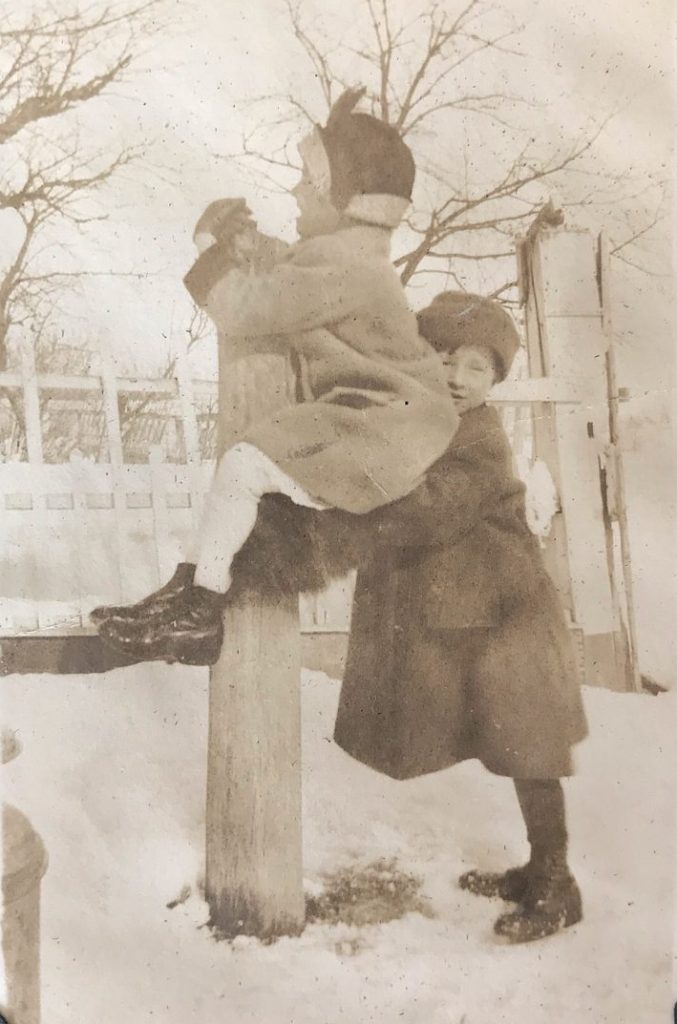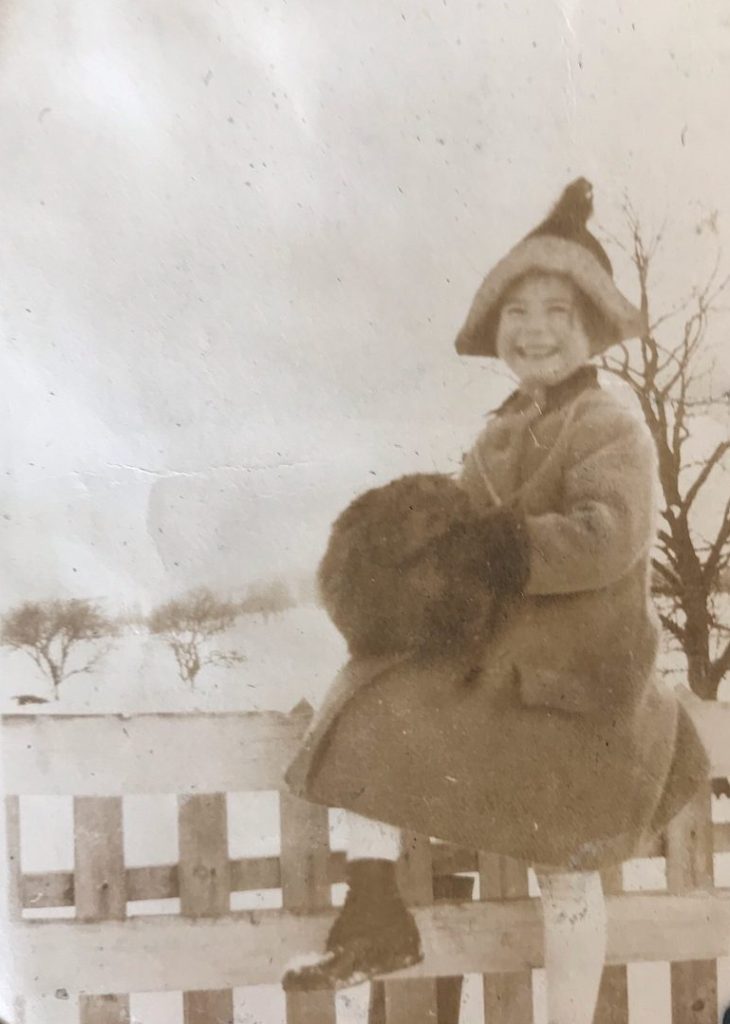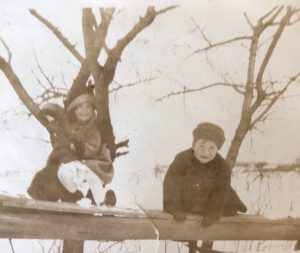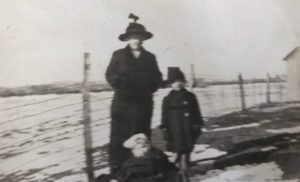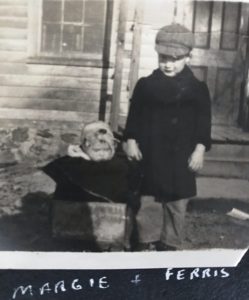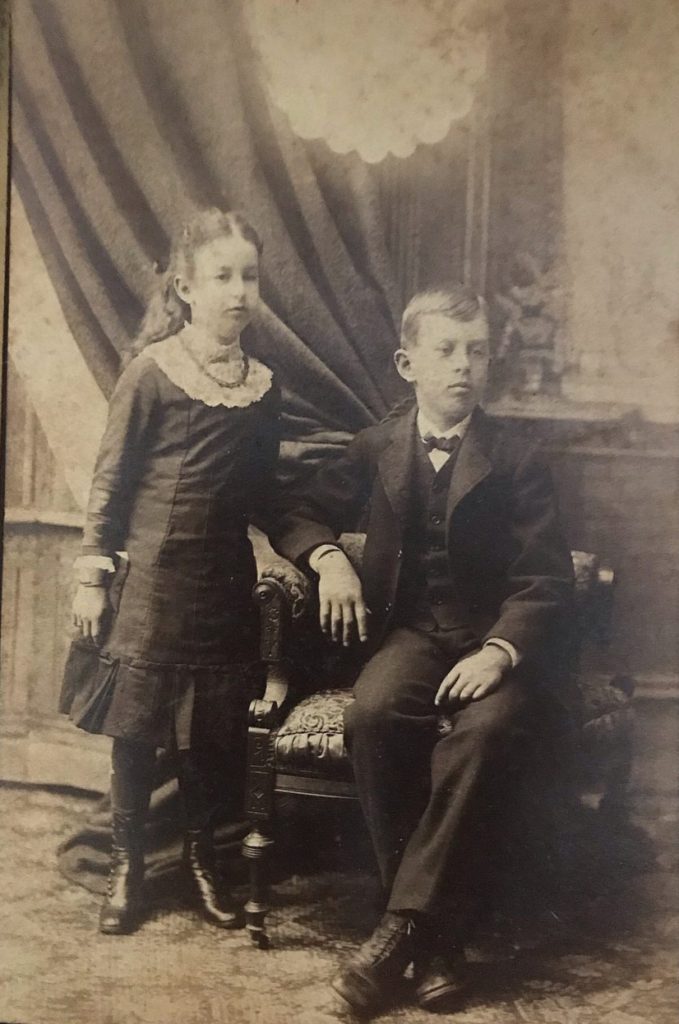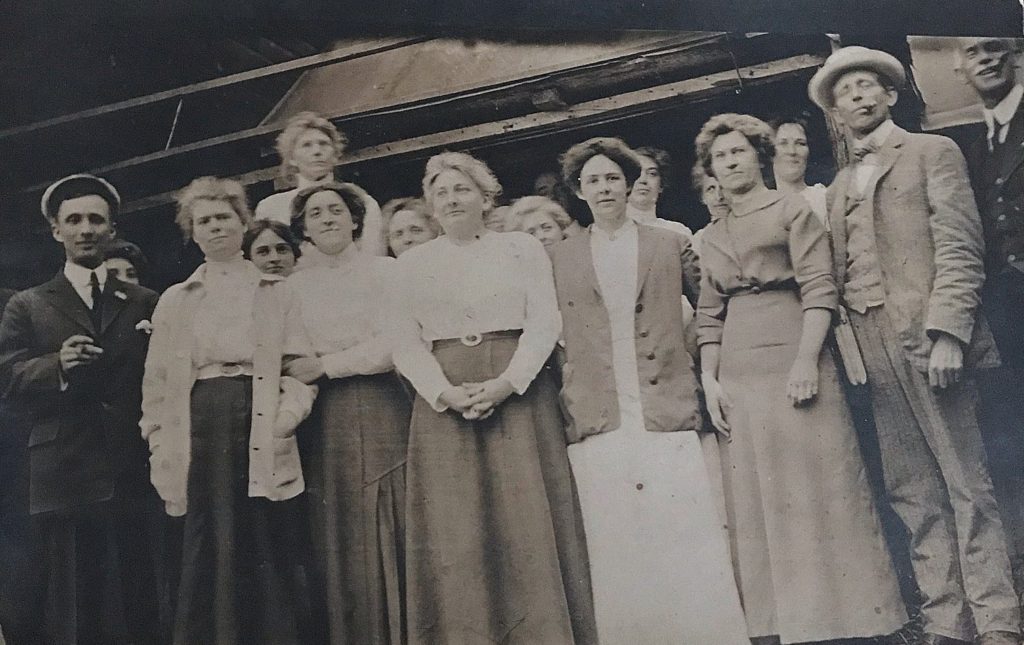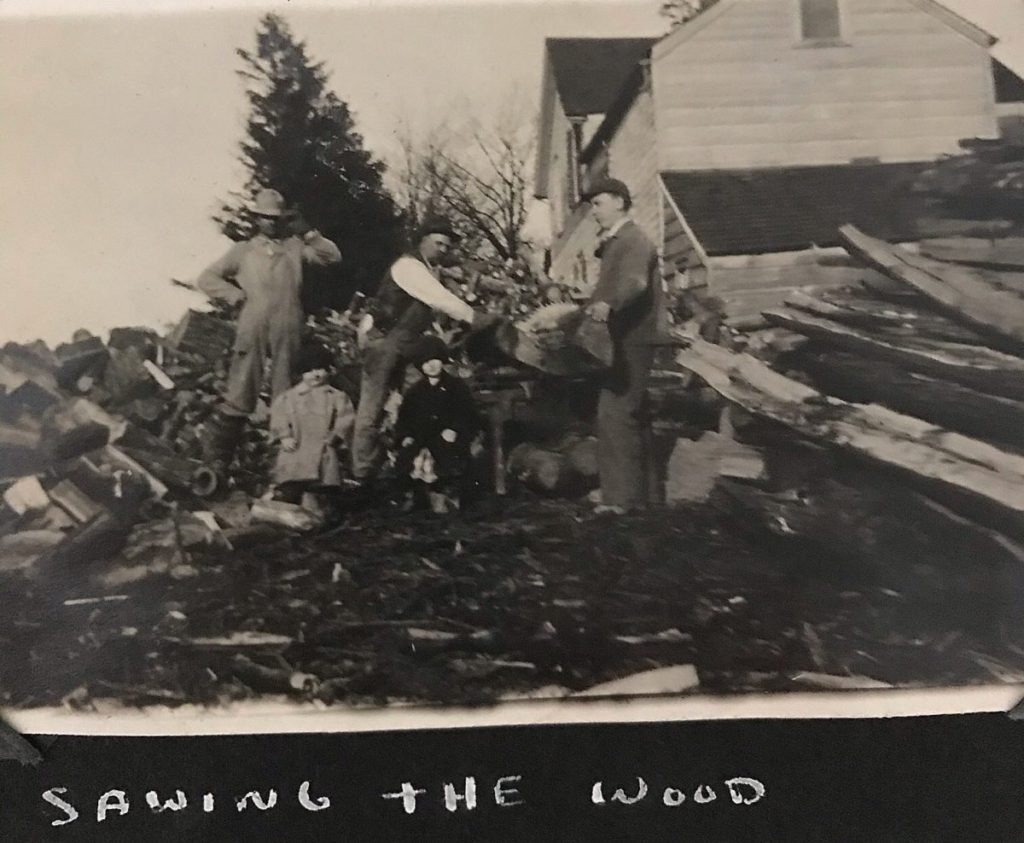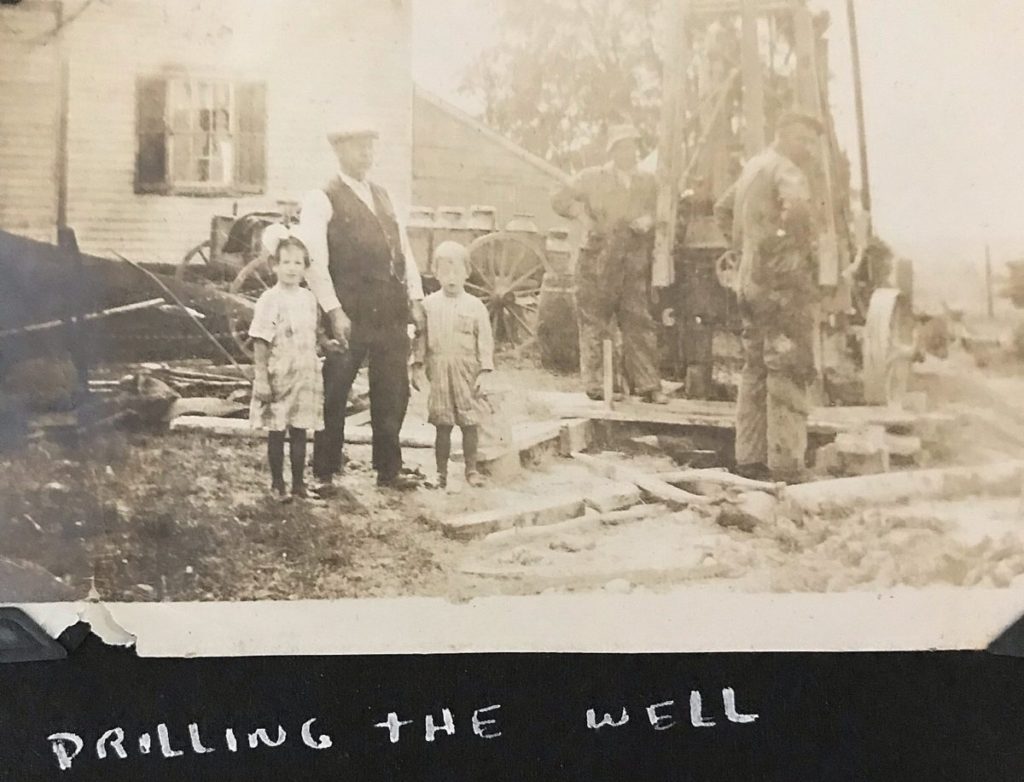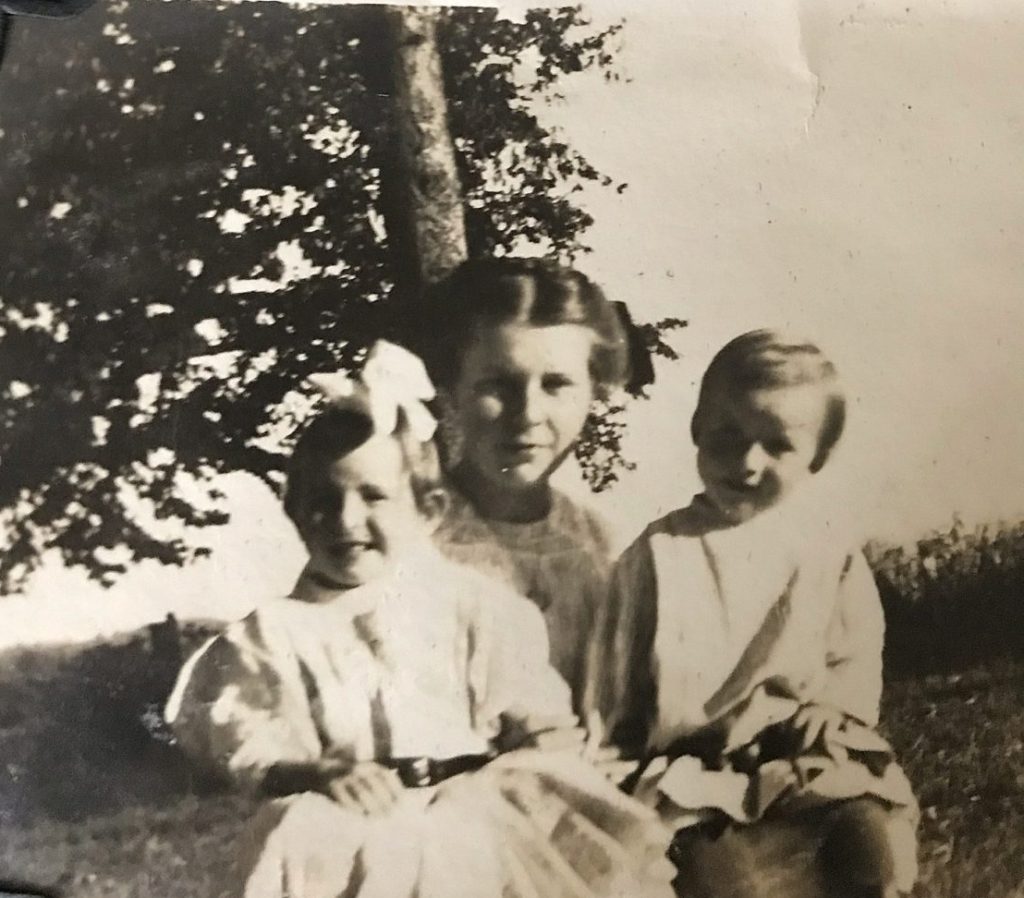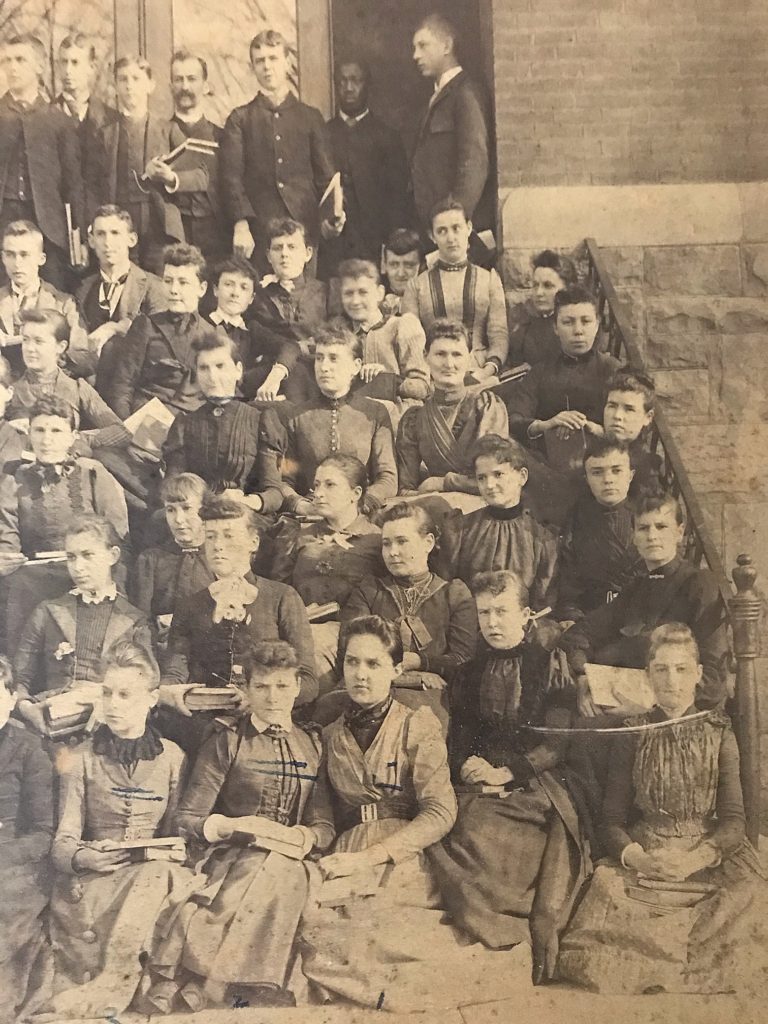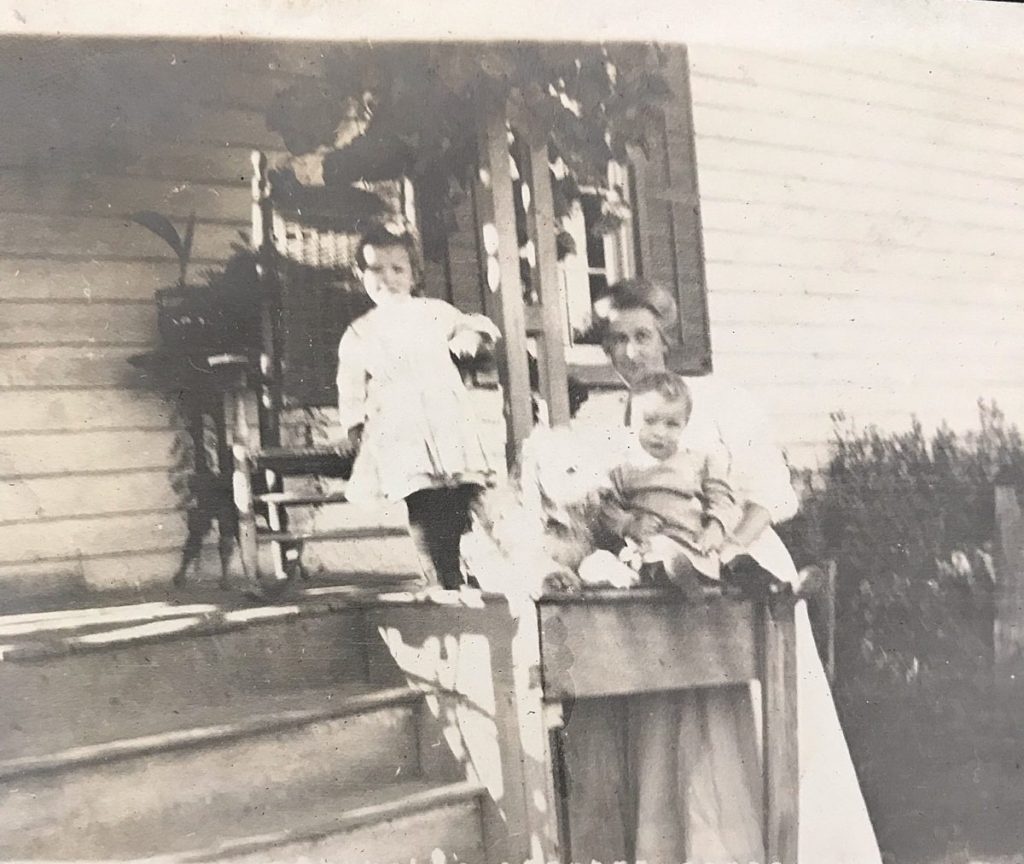When’s the last time you read a lead paragraph in a newspaper that left you feeling good? Still thinking? Allow me to share one from 117 years and 5 days ago:
“The new Grand Central Terminal was thrown wide to the public at midnight last night. Out of the excavation and the scaffolding, to the accompaniment of whistles and blasting and the chorus of the riveting machine, the new station has risen amid the wreckage of the old.”
New York Times, 02/02/1913
After ten years of excavation and construction, a ‘grand’ announcement was certainly in order. This past week, I researched the event and came up with 4 things that I learned about it. I hope you find it as interesting as I did!
1. The rebuild of Grand Central started with a plan to switch from steam locomotives to electric trains.
A train crash on January 8, 1902 killed fifteen people and injured 38. The public clamored for improvements to the system. Within a week, the New York Central and Hudson River Railroad announced plans to improve and expand Grand Central. Part of the plan – defined by year’s end – was to create a new double level for electric trains.
“All this terminal city, this assemblage of buildings of such varied purposes, was made possible by the installation of the electric motor. The scheme could not have been carried out – it could not even have been conceived – in the day of the dirt and smoke and noise of the old steam locomotive”
New York Times, 02/02/1913
2. Before 1913, the trains ran aboveground. A major part of the rebuild consisted of excavation of rock and earth (90 feet worth) in order to lower the tracks below ground.
“The old Grand Central was considered the marvel of its day, but when it became outgrown and the directors of the New York Central and the New York, New Haven and Hartford began to consider the ways and means for building its successor they undertook a task larger than the task of replacing the old station by a newer and larger one…
…this was made possible by the realization that the railroad could put its “air rights” to some good purpose. For decades it had owned the land where the tracks thrust their way down to the very heart of the island and there spread out to form the huge gaping, dirty, unsightly train-yards that helped so largely make the idea of smoke and noise inseparable from the nineteenth century conception of a big railway station.”
New York Times, 02/02/1913
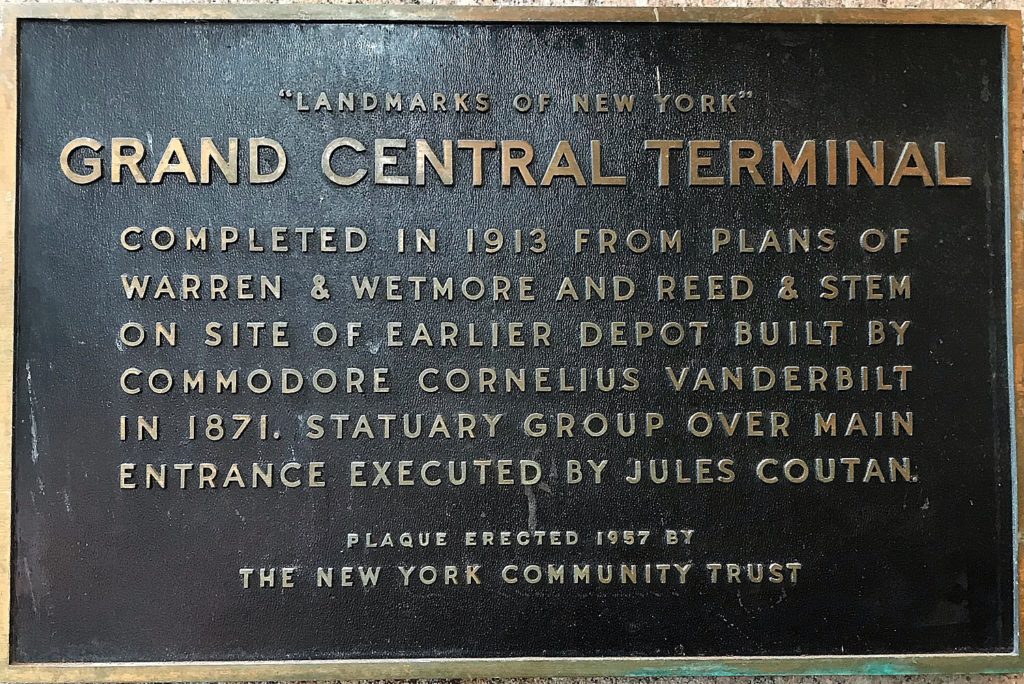
3. Once the tracks were below ground, William J. Wilgus (chief engineer) realized that the area above could become valuable real estate.
“With the coming of the electric motor the old steam locomotive was banished, and from that banishment the builders of the new terminal developed the idea of roofing over the tracks and the trains and building above them as though the road had suddenly come into possession of scores of vacant lots.”
“Park Avenue from Forty-fifth Street to Fifty-sixth and the cross streets that formerly stopped abruptly at either side of the yawning train yards are now appearing as streets, some of them already in use.”
New York Times, 02/02/1913
4. They had to rebuild Grand Central while keeping the trains running.
“One of the things that will always be remembered about the new Grand Central is that it was built amid the wreckage of the old. The never-ending business of the terminal had to go on uninterrupted…The earth and stone dug and blasted there in the train yard had to be carted away in dirt cars, which added a long string to the already heavy and complicated traffic of the terminal.”
New York Times, 02/09/1913
If you’re interested in knowing more, the New York Times published a great article with lots of old pictures for the 100-year mark.
Good or bad, I couldn’t keep from ‘reconstructing’ this historical rebuild as a metaphor for life changes. This idea of excavating and carting away the refuse while still making sure that the trains come in and out on time just seems so similar to personal growth in a busy adult life.
Edit your resume and look for other possibilities but don’t neglect your current job! Be more patient and flexible with your kids but uh-oh! the slime has died their hands blue and who’s going to vacuum up the couscous? One builds and one excavates with the trains running in and out because that’s life.
No ribbon-cutting ceremony, no, but hopefully when it’s done you can feel that your life added that much more onto that of your ancestors, “built amid the wreckage of the old”.
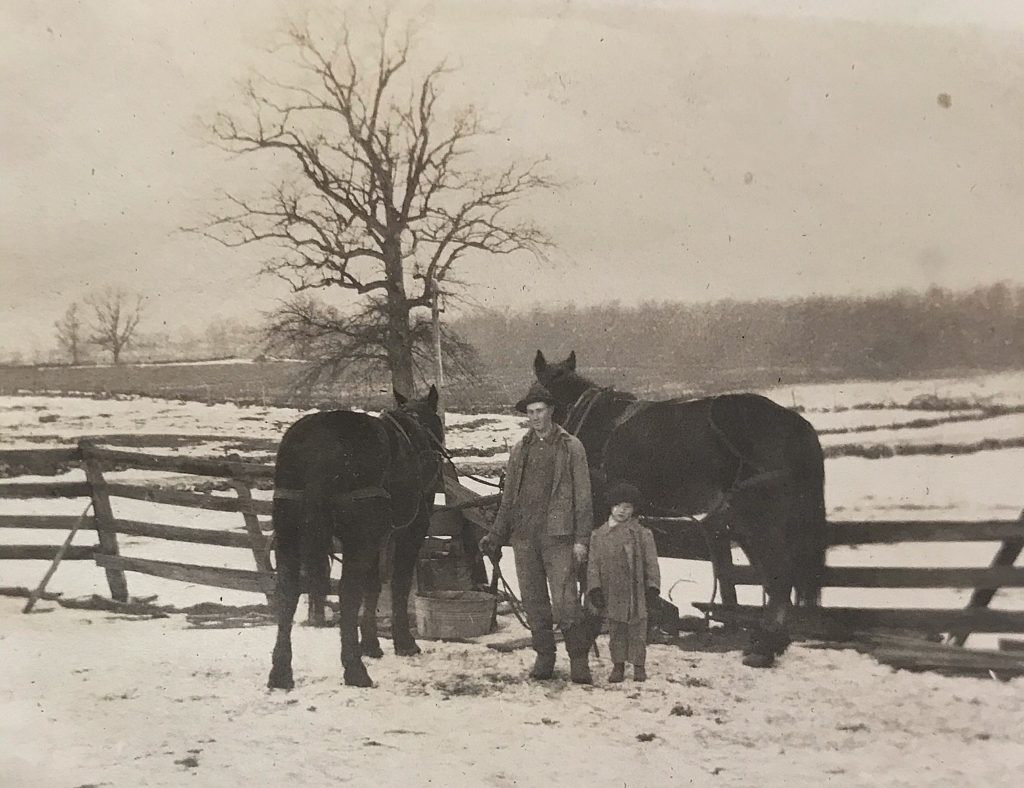
When you keep trying your hardest and feel that things are being wrecked all around you, I think it helps to keep a picture of transcendence in your pocket. The phoenix rising from the ashes. The Resurrection. Or a poem! The ‘rising’ of Grand Central led me back this week to Maya Angelou’s amazing poem” Still I Rise” which you can find it here.
Big old family hugs to you all!

